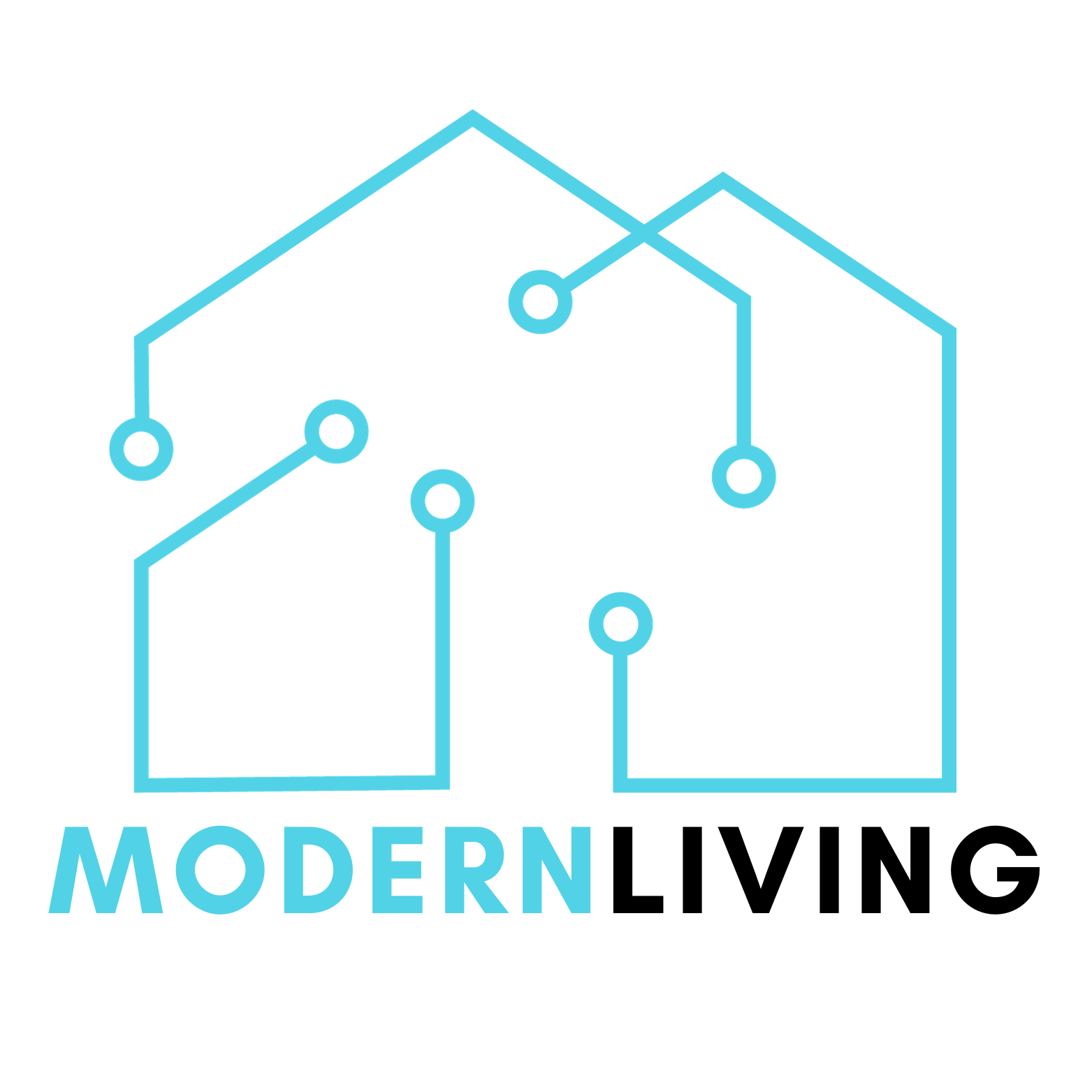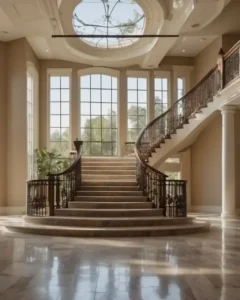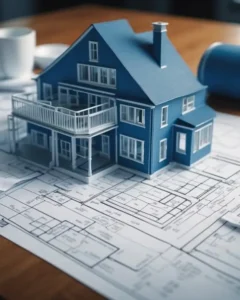When it comes to building a house, there are many things to consider. One of the most important factors to keep in mind is energy efficiency. After all, an energy-efficient home can save you money on utility bills and reduce your carbon footprint. One of the key aspects of energy efficiency is the direction a house faces. So, what direction should a house face for energy efficiency?
The answer is not as simple as you might think. The direction a house faces can have a big impact on its energy efficiency, but there are many factors to consider. For example, the climate in your area, the layout of your property, and the design of your home can all affect the best direction for your house to face. However, there are some general guidelines that can help you make an informed decision.
What Direction Should Your House Face for Energy Efficiency? Ideal Direction for Energy Efficiency
| 🌍 Northern Hemisphere | 🌎 Southern Hemisphere |
| 🏡 Best direction for your house to face is south | 🏠 Ideal direction for your house to face is north |
Northern Hemisphere
If you live in the Northern Hemisphere, the best direction for your house to face is south. This will allow your home to receive the most sunlight during the winter months, when the sun is lower in the sky. By maximizing the amount of sunlight your home receives, you can reduce your reliance on artificial heating and lighting.
In addition to facing south, it’s also important to consider the layout of your home. You’ll want to place the most frequently used rooms on the south side of your home, such as the living room and kitchen, to take advantage of the natural light and warmth.
Southern Hemisphere
For those of us in the Southern Hemisphere, the ideal direction for your house to face is north. This will provide the most sunlight during the winter months, when the sun is lower in the sky. By maximizing the amount of sunlight your home receives, you can reduce your reliance on artificial heating and lighting.
Just like in the Northern Hemisphere, it’s important to consider the layout of your home. You’ll want to place the most frequently used rooms on the north side of your home, such as the living room and kitchen, to take advantage of the natural light and warmth.
Effect of House Shape and Design
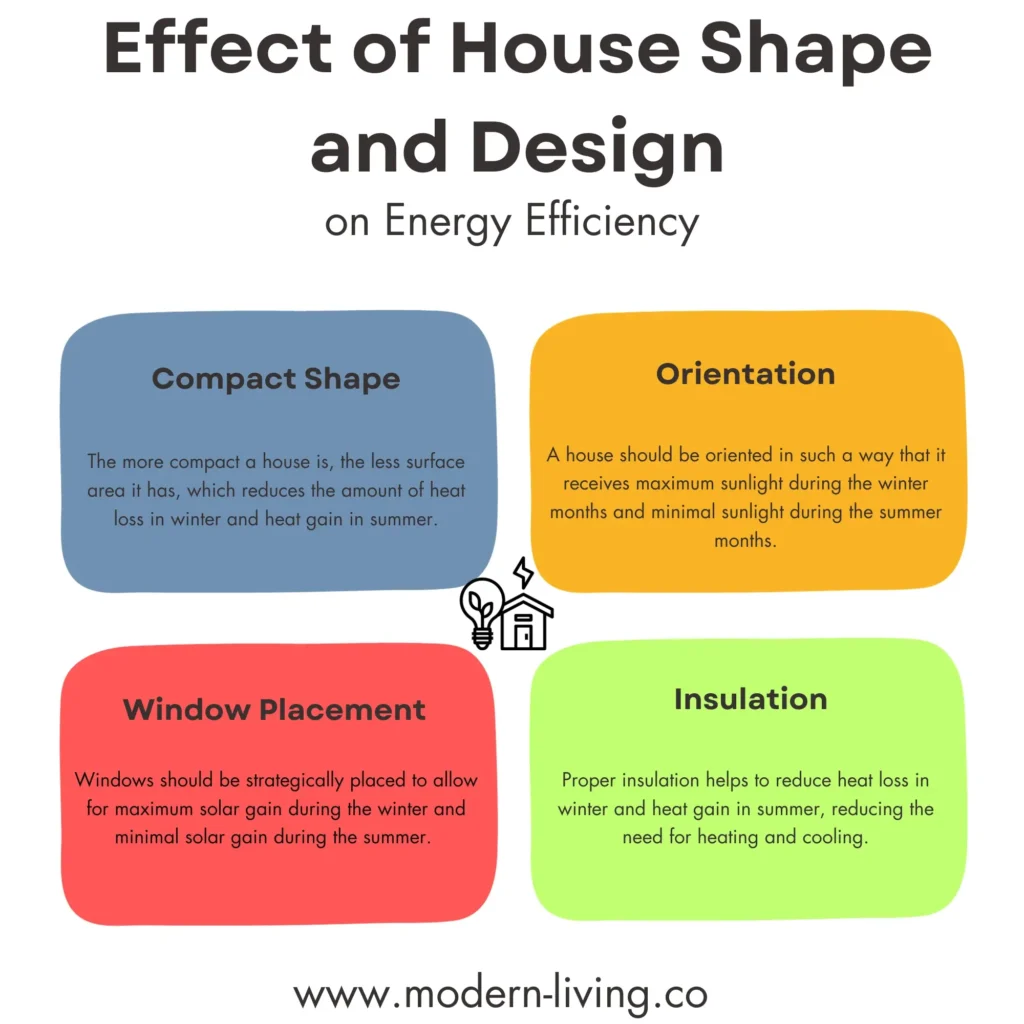
The shape and design of a house can play a significant role in determining its energy efficiency. A well-designed house can reduce energy consumption and decrease your utility bills. Here are some factors to consider when designing an energy-efficient home.
Compact Shape
A compact shape is one of the most effective ways to reduce energy consumption. The more compact a house is, the less surface area it has, which reduces the amount of heat loss in winter and heat gain in summer. A compact shape also reduces the amount of materials required for construction, making it a more sustainable option.
Orientation
The orientation of a house is another crucial factor in determining its energy efficiency. A house should be oriented in such a way that it receives maximum sunlight during the winter months and minimal sunlight during the summer months. The best orientation for a house is to have its longest sides facing north and south. This allows for maximum solar gain during the winter and minimal solar gain during the summer.
Window Placement
Window placement is also important when designing an energy-efficient home. Windows should be strategically placed to allow for maximum solar gain during the winter and minimal solar gain during the summer. South-facing windows should be larger than north-facing windows to allow for maximum solar gain during the winter months.
Insulation
Insulation is an essential component of an energy-efficient home. Proper insulation helps to reduce heat loss in winter and heat gain in summer, reducing the need for heating and cooling. Insulation should be installed in walls, floors, and ceilings to ensure maximum efficiency.
Best Direction for Solar Panels
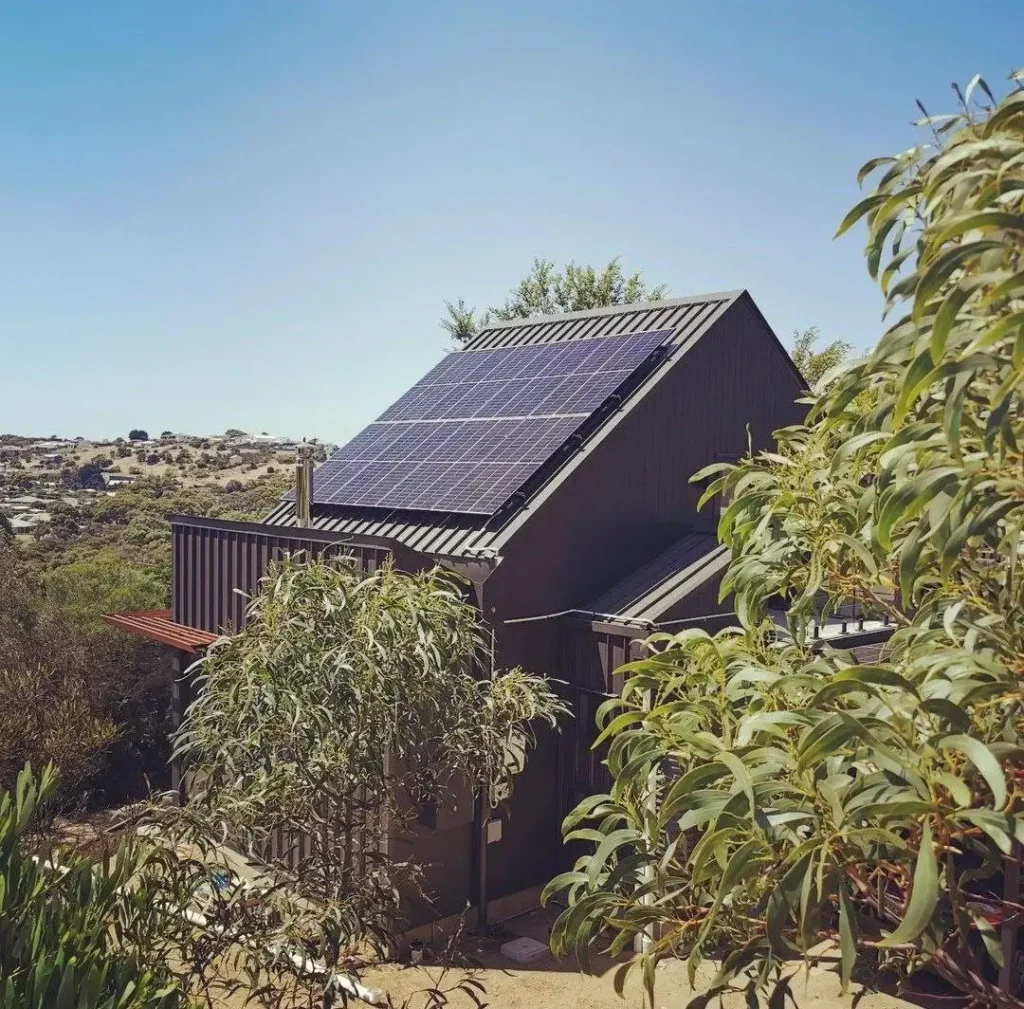
When it comes to energy efficiency, installing solar panels is a great way to reduce your carbon footprint and save money on your energy bills. But what direction should a house face for energy efficiency when it comes to solar panels? After researching and analyzing various sources, I can confidently say that the best direction for solar panels is south-facing.
Why south-facing? Because solar panels generate the most energy when they are facing the sun directly. In the Northern Hemisphere, the sun is always in the southern part of the sky, so south-facing solar panels will receive the most direct sunlight throughout the day. This means that they will produce the most energy and be the most efficient.
But what if your roof doesn’t face south? Don’t worry, you can still install solar panels on a roof that faces east or west. While east-facing solar panels will generate the most energy in the morning, and west-facing solar panels will generate the most energy in the afternoon, they will still produce a significant amount of energy throughout the day. Solar panels do not always need direct sunlight either.
It’s important to note that the angle of your solar panels also plays a role in their efficiency. According to EnergySage, solar panels should be angled to face as close to the sun as possible. In the Northern Hemisphere, this means that they should be tilted at an angle equal to your latitude plus 15 degrees. For example, if you live in New York City (latitude 40 degrees), your solar panels should be tilted at a 55-degree angle.
Consideration of Natural Light
As I consider the direction a house should face for optimal energy efficiency, natural light is an important factor to keep in mind. Natural light can help reduce the need for artificial lighting during the day, which can save energy and reduce electricity costs.
South-facing windows receive the most sunlight in the Northern Hemisphere, making them a great option for capturing natural light. East-facing windows also receive a good amount of sunlight in the morning, while west-facing windows receive more sunlight in the late afternoon.
When designing a home, it’s important to consider the placement of windows and how they will capture natural light. Orienting a home so its longest sides face north and south can help maximize the amount of sunlight that enters the home. Placing the most windows and occupied living spaces on the south-facing side of the home can also help capture winter sunlight.
Mirrors are a great way to reflect natural light around a room, maximizing any existing sunlight and creating a sense of space. Placing lamps in front of carefully positioned mirrors can also increase the levels of illumination in a room at night.
Incorporating Landscaping
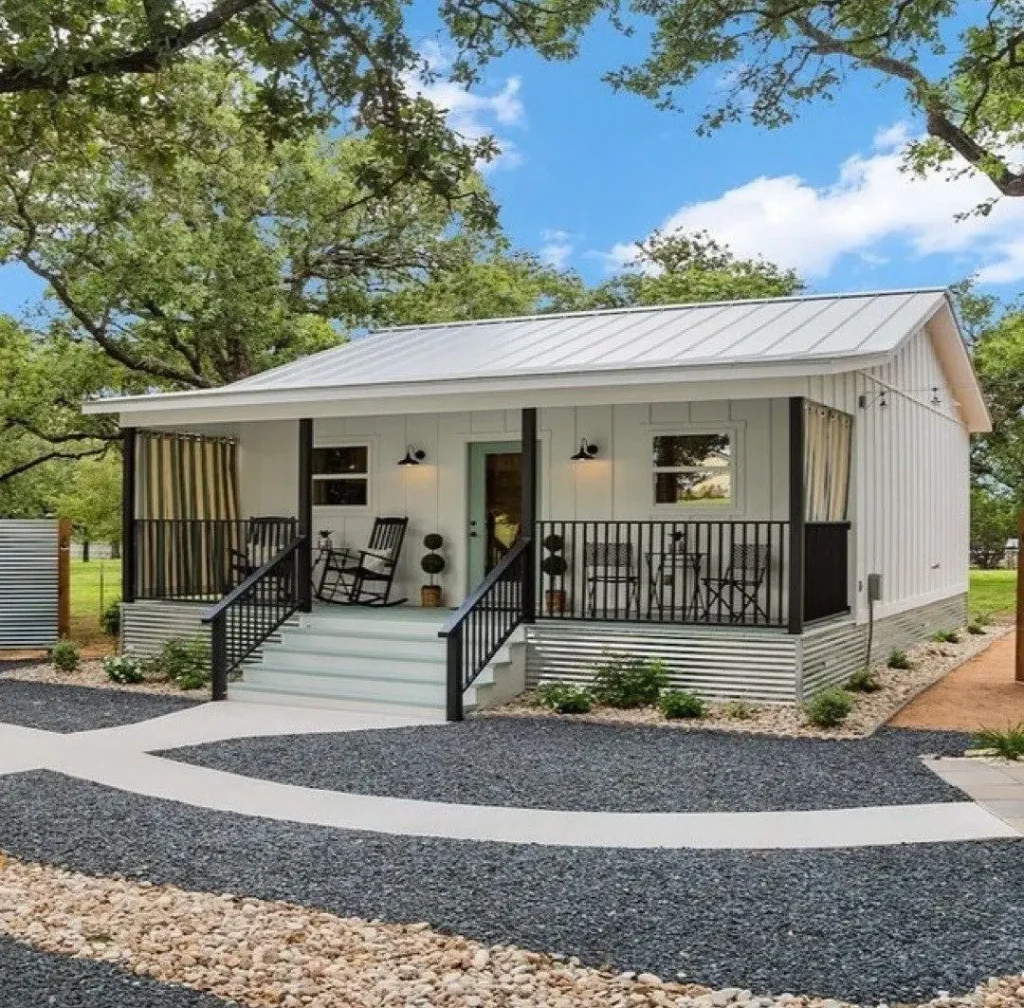
As I’ve mentioned earlier, landscaping can play a significant role in making a house energy-efficient. Here are a few ways to incorporate landscaping into your home’s design:
Strategic Tree Placement
Tall trees can provide shade to your home, helping to keep it cool during hot summer days. According to the Department of Energy, planting tall shade trees is the best way to protect your home from solar heat and cold blasts in winter. Evergreen trees are best in the South because they shield your home all year long.
In addition to providing shade, trees can also act as windbreaks, reducing the amount of wind that reaches your home. Windbreaks can save up to 25 percent on heating costs, according to Colorado State University Extension.
Utilizing Shading Devices
Another way to incorporate landscaping into your home’s design is by utilizing shading devices such as awnings, pergolas, and trellises. These devices can provide shade to your home’s windows and walls, reducing the amount of heat that enters your home during the summer months.
In hot-arid regions, it’s essential to provide shade to cool roofs, walls, and windows, and allow summer winds to access naturally cooled homes, according to the Department of Energy. In hot-humid regions, channeling summer breezes toward the home can help keep it cool.
By incorporating these landscaping techniques into your home’s design, you can significantly increase its energy efficiency, reducing your energy bills and carbon footprint.
FAQ
What are the main factors that influence the energy efficiency of a house?
The main factors that influence the energy efficiency of a house include insulation, air sealing, ventilation, heating and cooling systems, lighting, appliances, and renewable energy sources. Other factors include the orientation and design of the house, local climate, and occupant behavior.
What is the most efficient form of energy for a home?
The most efficient form of energy for a home depends on factors such as location, climate, and energy needs. However, renewable energy sources such as solar, wind, and geothermal power are generally considered the most efficient and environmentally friendly options for powering a home.
What direction should a house face for energy efficiency in India?
In India, houses should ideally face east or north to maximize natural light and ventilation, while minimizing heat gain from the sun. This orientation can help to reduce the need for artificial lighting and cooling, improving energy efficiency and indoor comfort.
If you liked this blog article about the topic: What Direction Should Your House Face for Energy Efficiency?, don’t forget to leave us a comment down below to tell us about your experience.
Feel free to also check out our other Articles from the category “Energy Efficiency“
